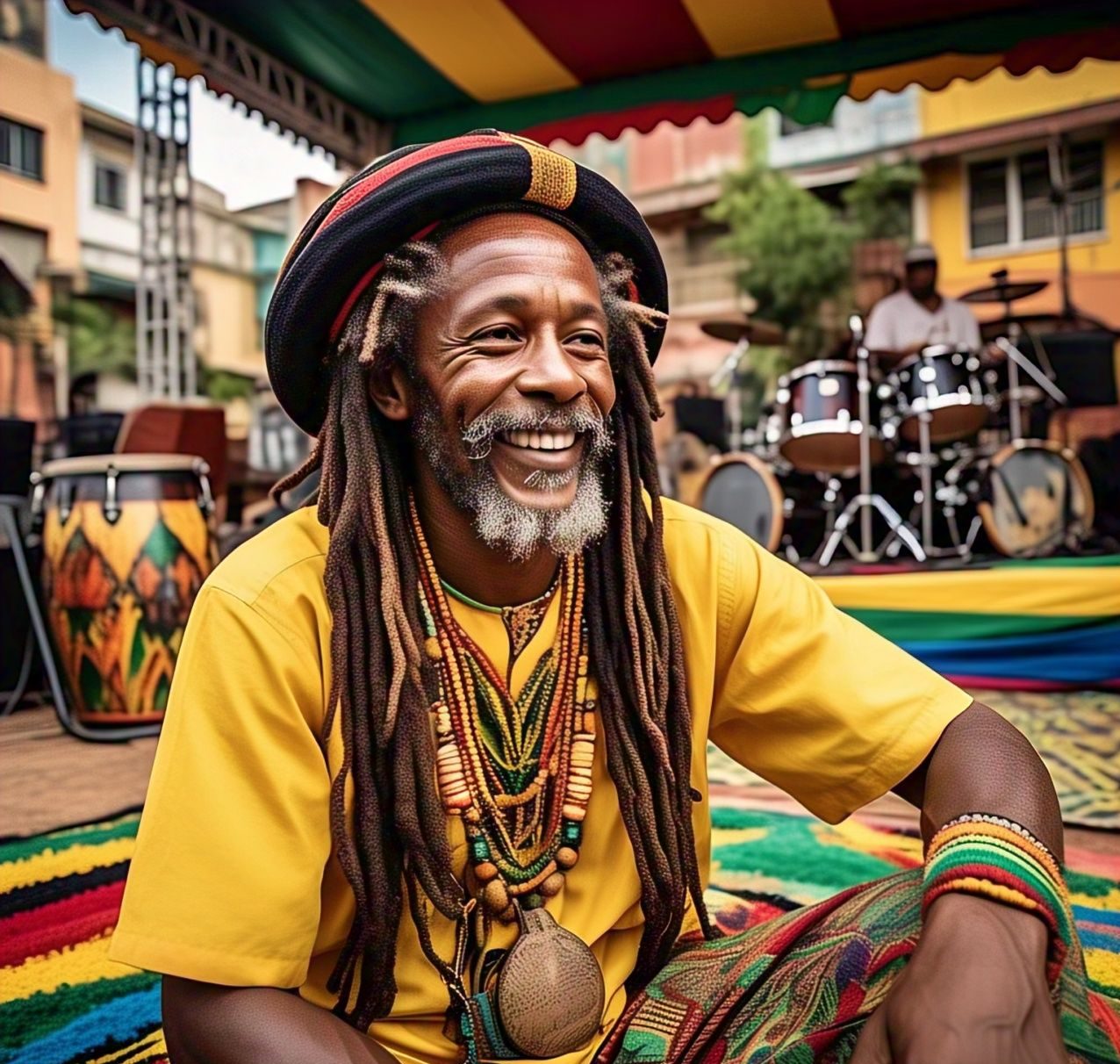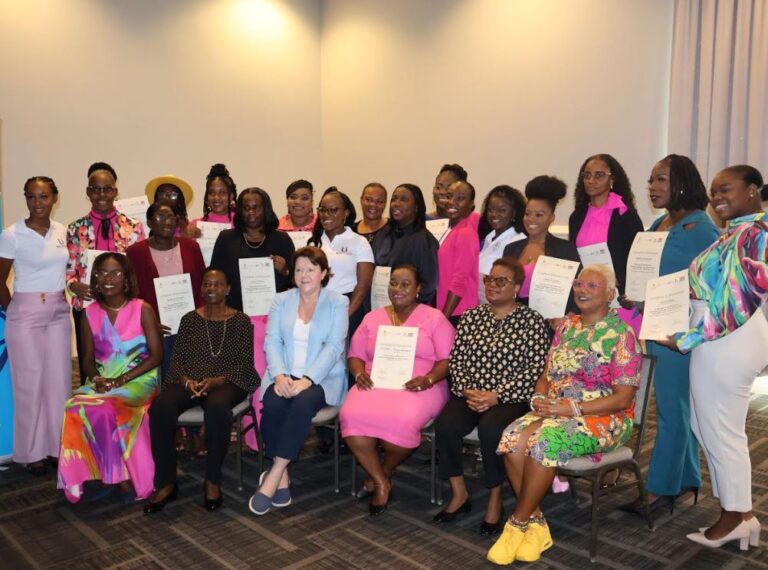By Frantz Benoit
Rastafari is more than a religion; it is a way of life, a cultural movement, and a revolutionary force that emerged from the struggles of the African diaspora. Born in the slums of Jamaica in the 1930s, Rastafari has grown into a global phenomenon, influencing music, art, fashion, and social justice movements. At its core, Rastafari is a celebration of African identity, spiritual liberation, and resistance to oppression—known as Babylon.
Origins: From Marcus Garvey to Haile Selassie
The roots of Rastafari trace back to the teachings of Marcus Garvey, the Jamaican-born Pan-Africanist who famously proclaimed, “Look to Africa, where a Black king shall be crowned, for the day of deliverance is near.” Garvey’s message of Black pride and self-reliance resonated deeply with impoverished Jamaicans, many of whom were descendants of enslaved Africans.
In 1930, when Ras Tafari Makonnen was crowned Emperor Haile Selassie I of Ethiopia, many saw this as the fulfillment of Garvey’s prophecy. Haile Selassie, whose lineage traced back to King Solomon and the Queen of Sheba, was hailed as the Messiah and the living embodiment of God (Jah) by early Rastafari followers. His coronation became the cornerstone of the Rastafari faith.
Core Beliefs and Practices
Rastafari is a deeply spiritual and decentralized movement, with no single doctrine or hierarchy. However, several key beliefs and practices unite its followers:
- Jah as the Almighty: Rastafarians worship Jah, a shortened form of Jehovah, and believe that Haile Selassie I is the earthly representation of Jah.
- Repatriation to Zion: Rastafarians view Africa, particularly Ethiopia, as the promised land (Zion) and advocate for the return of the African diaspora to their ancestral homeland.
- Rejection of Babylon: Babylon symbolizes oppressive systems of colonialism, racism, and capitalism. Rastafarians strive to live apart from Babylon, embracing a life of simplicity, natural living, and spiritual awareness.
- Ital Lifestyle: Rastafarians follow an Ital (natural) diet, often vegetarian or vegan, avoiding processed foods, alcohol, and tobacco. The use of ganja (marijuana) is also central to Rastafari spirituality, seen as a sacrament that aids meditation and connection with Jah.
- Dreadlocks and Natural Living: The wearing of dreadlocks is a symbol of the Rastafari covenant with Jah and a rejection of Western beauty standards. Rastafarians also emphasize natural living, avoiding chemicals and artificial products.
Rastafari as a Cultural Movement
Rastafari’s influence extends far beyond religion, shaping global culture in profound ways:
- Music: Reggae music, popularized by artists like Bob Marley, Peter Tosh, and Burning Spear, became the voice of Rastafari. Songs like Redemption Song, Get Up, Stand Up, and War spread the movement’s messages of liberation, equality, and resistance to oppression.
- Fashion: Rastafari’s emphasis on natural living and African identity has influenced global fashion, with dreadlocks, red-gold-green colors, and African-inspired clothing becoming symbols of cultural pride.
- Language: Rastafarians developed Iyaric, a dialect of English that replaces negative words with positive ones (e.g., “overstand” instead of “understand”). This linguistic innovation reflects the movement’s focus on empowerment and consciousness.
Rastafari and Social Justice
From its inception, Rastafari has been a movement of resistance. Its followers have challenged systemic racism, colonialism, and economic inequality, both in Jamaica and globally. The movement’s emphasis on African identity and self-determination has inspired countless social justice movements, including the Civil Rights Movement in the United States and anti-apartheid struggles in South Africa.
Rastafari’s critique of Babylon—the corrupt and oppressive systems of the world—remains a powerful call to action for those fighting for justice and equality.
Rastafari Today: A Global Phenomenon
What began as a small movement in Jamaica has grown into a global force, with millions of adherents and sympathizers worldwide. Rastafari communities can be found in Africa, Europe, the Americas, and beyond, each adapting the faith to their local context while staying true to its core principles.
In 2018, the Jamaican government formally apologized to the Rastafari community for decades of persecution, including the infamous Coral Gardens Incident of 1963, when Rastafarians were brutally targeted by authorities. This marked a significant step toward recognizing Rastafari’s contributions to Jamaican culture and society.
Key Figures in Rastafari
- Haile Selassie I: The central figure of Rastafari, revered as the Messiah and symbol of African dignity.
- Leonard Howell: One of the earliest Rastafari leaders, who established the first Rastafari commune, Pinnacle, in Jamaica.
- Bob Marley: The global ambassador of Rastafari, whose music brought the movement’s messages to the world.
- Mortimer Planno: A prominent Rastafari elder and teacher who played a key role in spreading the faith.
Final Word
Rastafari is more than a religion; it is a way of life that celebrates African identity, spiritual freedom, and resistance to oppression. Its influence on music, culture, and social justice is undeniable, and its message of One Love continues to inspire millions around the world.
As Bob Marley once sang, “Emancipate yourselves from mental slavery; none but ourselves can free our minds.” Rastafari reminds us that true liberation begins within, and that the fight for justice and equality is a sacred duty.
One love, one heart, let’s get together and feel all right.



